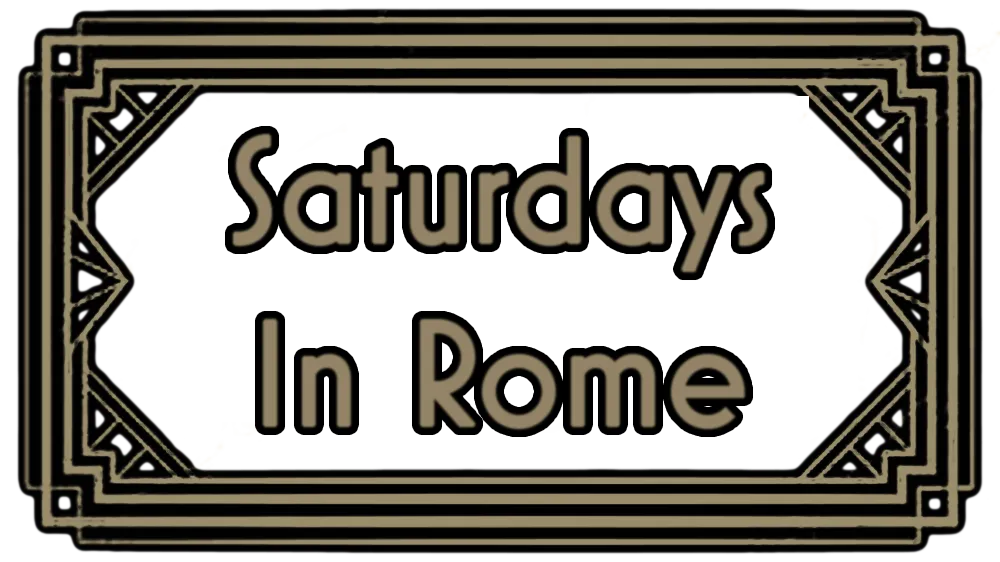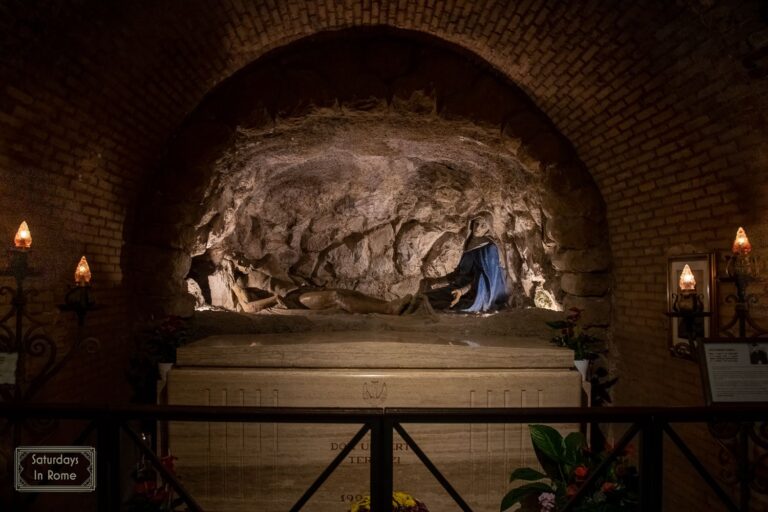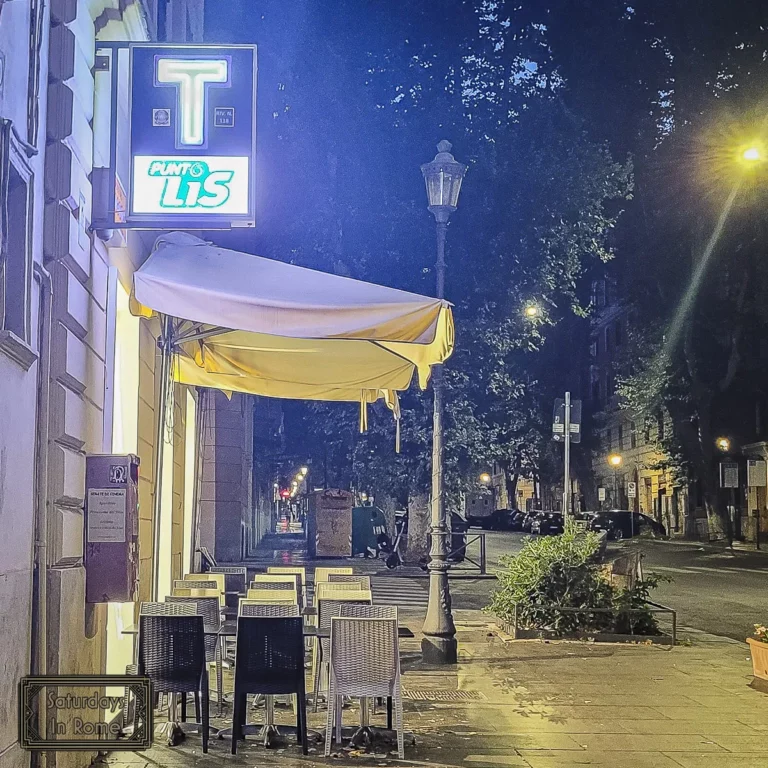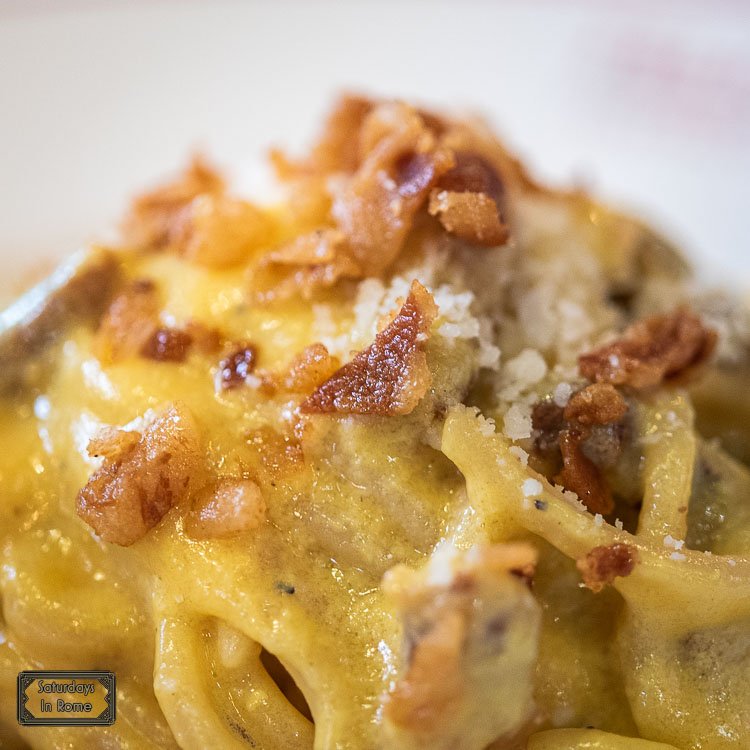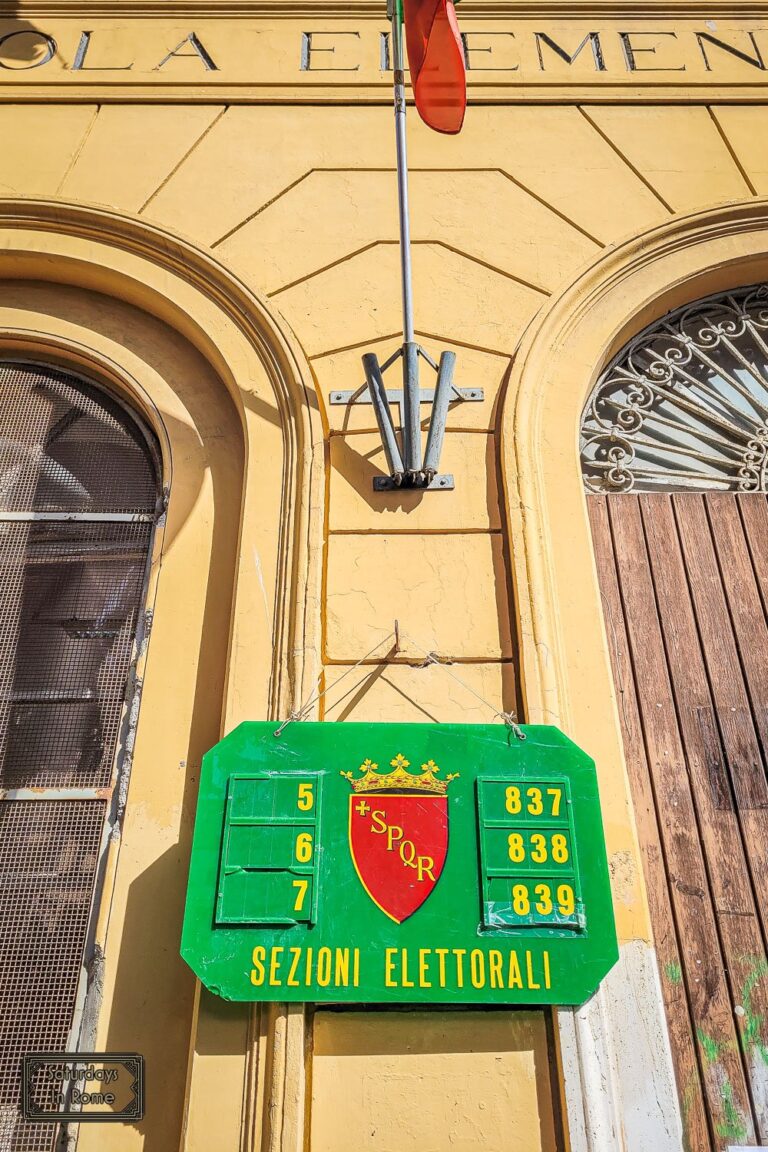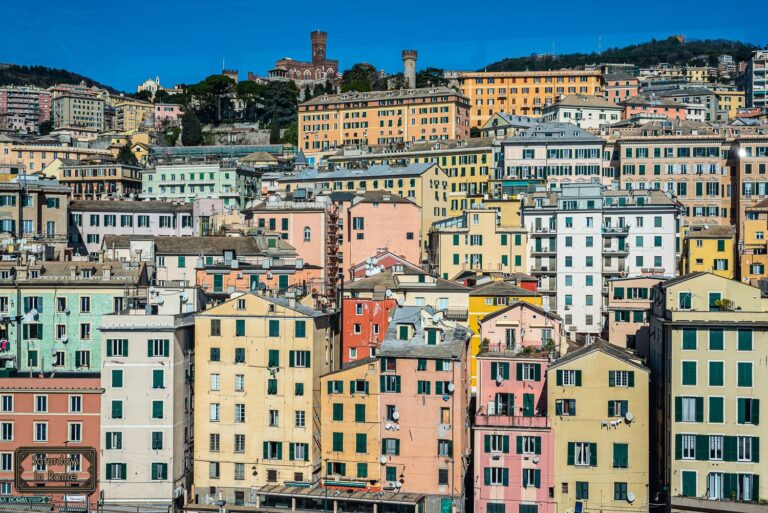The Museum Of Liberation In Rome Bridges The Past With Today
The Museum of Liberation in Rome is an important site to remember the horrors of the past with lessons that need to be understood, especially today.
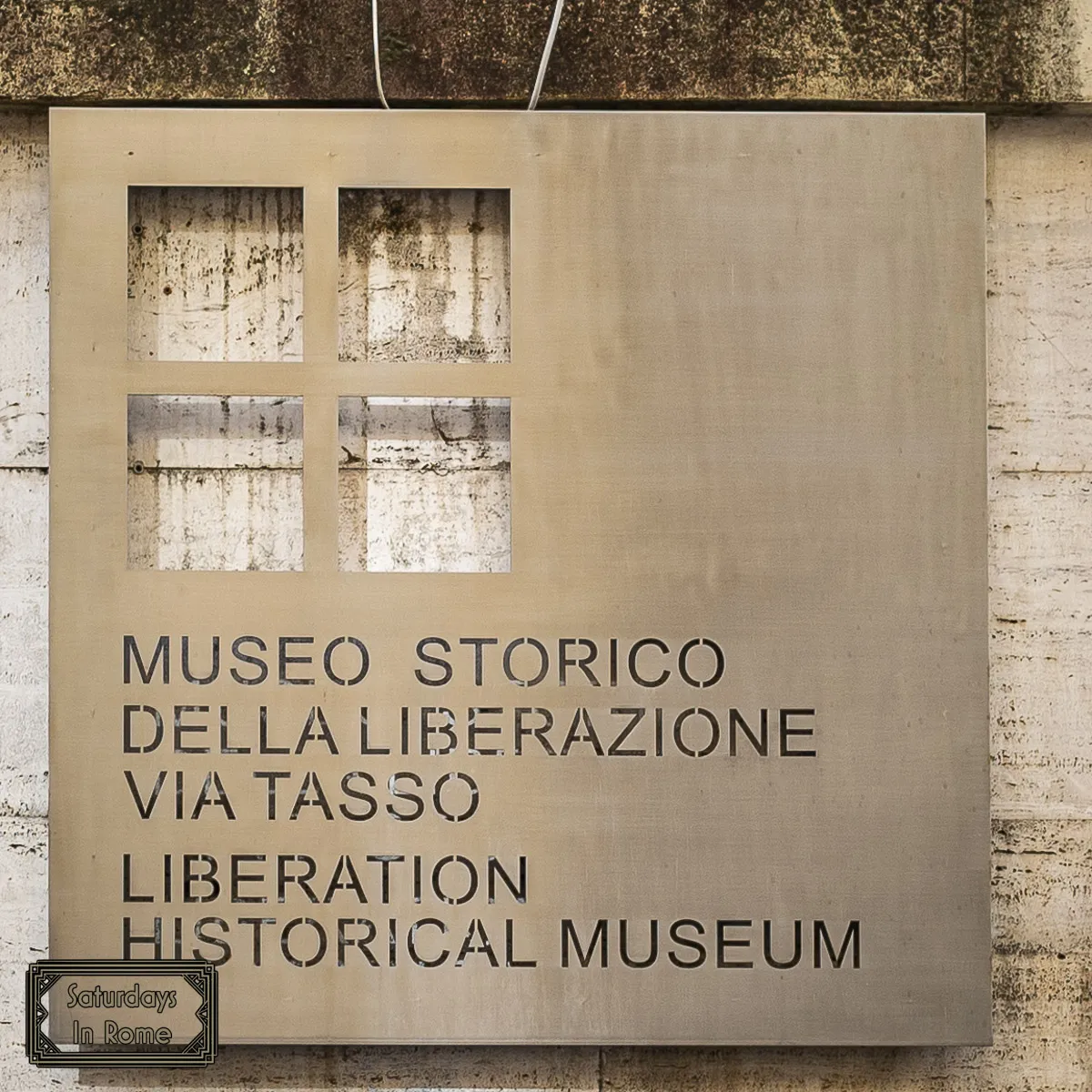
Museum Entrance
The Museum of Liberation of Rome, located in the heart of the Italian capital on via Tasso, is a powerful reminder of the city’s turbulent past and the struggle against fascism. The museum is dedicated to the memory of those who fought for the liberation of Rome during World War II and it serves as an amazing educational resource for future generations.
Need Help Planning?
- Cheap Flights: Find The Most Affordable Flights.
- Accommodations: From 1 to 5 Stars And More.
- Car Rentals: Affordable Travel Across Italy.
- Sightseeing Tours: Explore Some Amazing Tours.
- Buying An eSIM: Stay Connected In Italy.
This post includes affiliate links.
Why Is This Museum An Important Thing To See In Rome?
The importance of the Museum of the Liberation of Rome cannot be overstated. The museum not only remembers the heroic efforts of those who fought against the Nazi Occupation of Rome and the Italian Fascist regime of Mussolini but it also serves as a powerful symbol of resistance against tyranny and oppression.
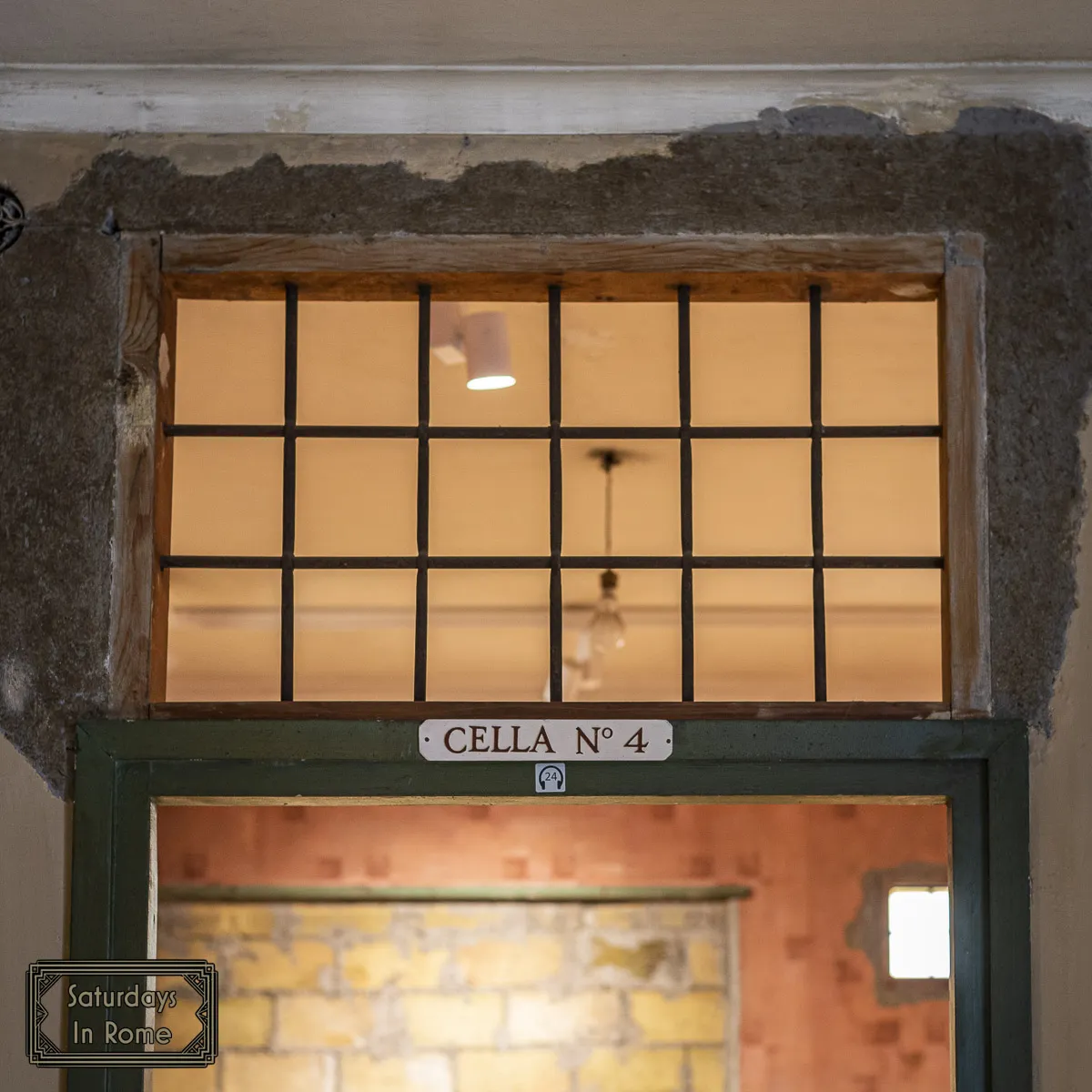
Office Converted Into Prison Cell
What Does This Fascist Museum of Rome Contain?
This Rome area museum’s collections consist of surviving documents, photographs, weapons, and personal objects that belonged to the Roman partisans who fought against the Nazi occupation. These items serve as a powerful reminder of the sacrifices made by ordinary people in the name of freedom and democracy.
One of the most compelling exhibits in the Museum of the Liberation of Rome is the “Gallery of Memory.” This exhibit consists of photographs of the partisans who fought against the occupation, accompanied by their personal stories.
These photographs provide a human face to the struggle against fascism and help visitors to connect with the individuals who fought and died for their beliefs. The gallery is a moving tribute to those who made the ultimate sacrifice in the name of freedom.
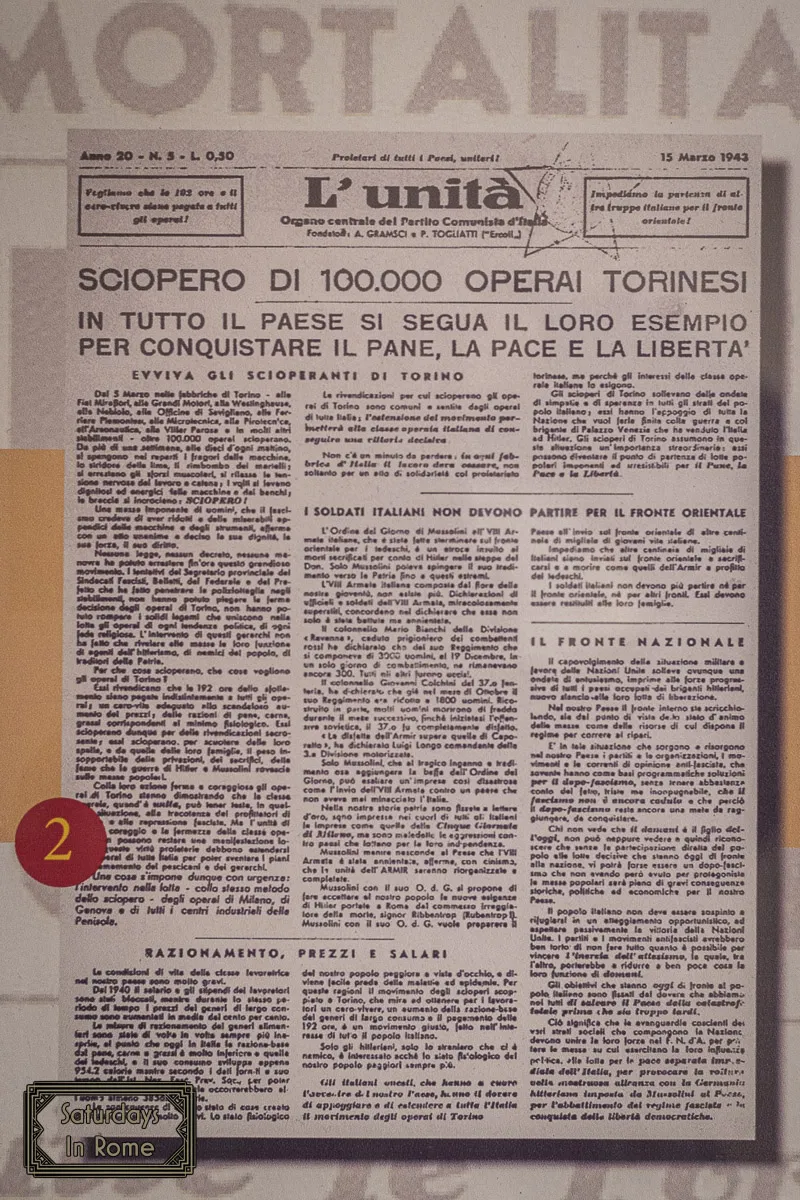
Was The Museum Of Liberation A Prison?
The building on via Tasso that currently houses the museum was used as a prison by the Nazis and the Fascists. The windows were walled up, grates were placed above the doors so that the air can enter from the entrance and from the stairs.
From February 1944, when the number of prisoners increased significantly, tiny windows were opened at the top to prevent any contact with the outside. It allowed for some air, but no light.
What Was Life Like In The Prison?
During the nine months of occupation of the city, more than 2,000 prisoners were held there, including about 400 women. The day always began with a wake-up call given by the guards at seven in the morning.
The prisoners who had a blanket were required to quickly fold it up, then they went to the bathroom cell by cell for personal cleaning with only a few minutes available. They must also wash the bowl which was used for eating and which unfortunately sometimes during the night was also used for bodily needs, since access to the bathroom was prohibited from eight in the evening until morning.
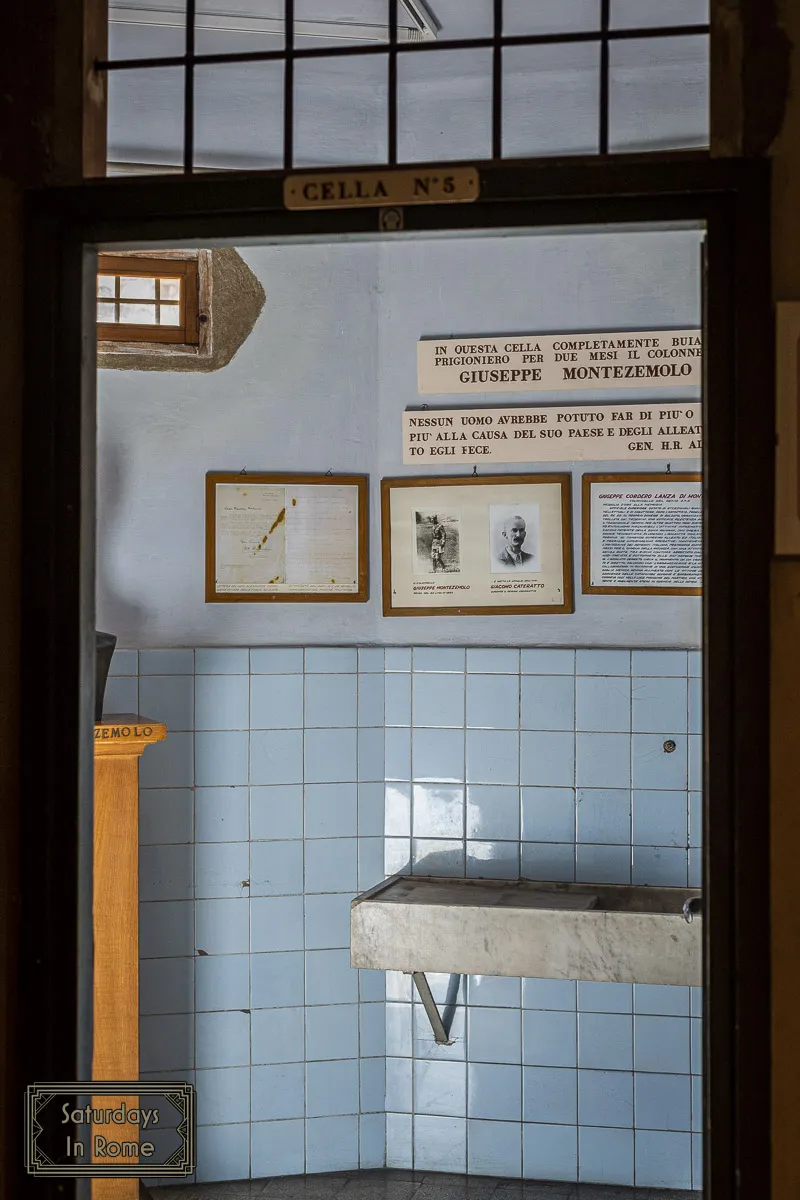
Prison Cell
Afterwards, the cell had to be cleaned, followed by waiting for the only daily meal, a soup with a disgusting smell and taste with some cabbage cores and some half-rotten potatoes. To this was added about 200 grams of a rancid loaf of bread.
Does The Museum Of Liberation Show Propaganda From The Fascists And The Resistance?
One of the interesting rooms in the Museum shows the history of the propaganda used to generate support for the resistance to the Nazis and Fascism. These were newspapers of the Resistance in Rome which were aimed at the population to spread their ideals and inform the resistance.
There are party newspapers such as “Avanti”, “L’Azione”, “Bandiera Rossa”, “Italia Libera”, “il Popolo”, “Risorgimento liberale”, “l’Unitá”, “Voce operaia”, “la Voce republican”, but also student newspapers such as “Nostra lotta” and printed sheets from social groups.
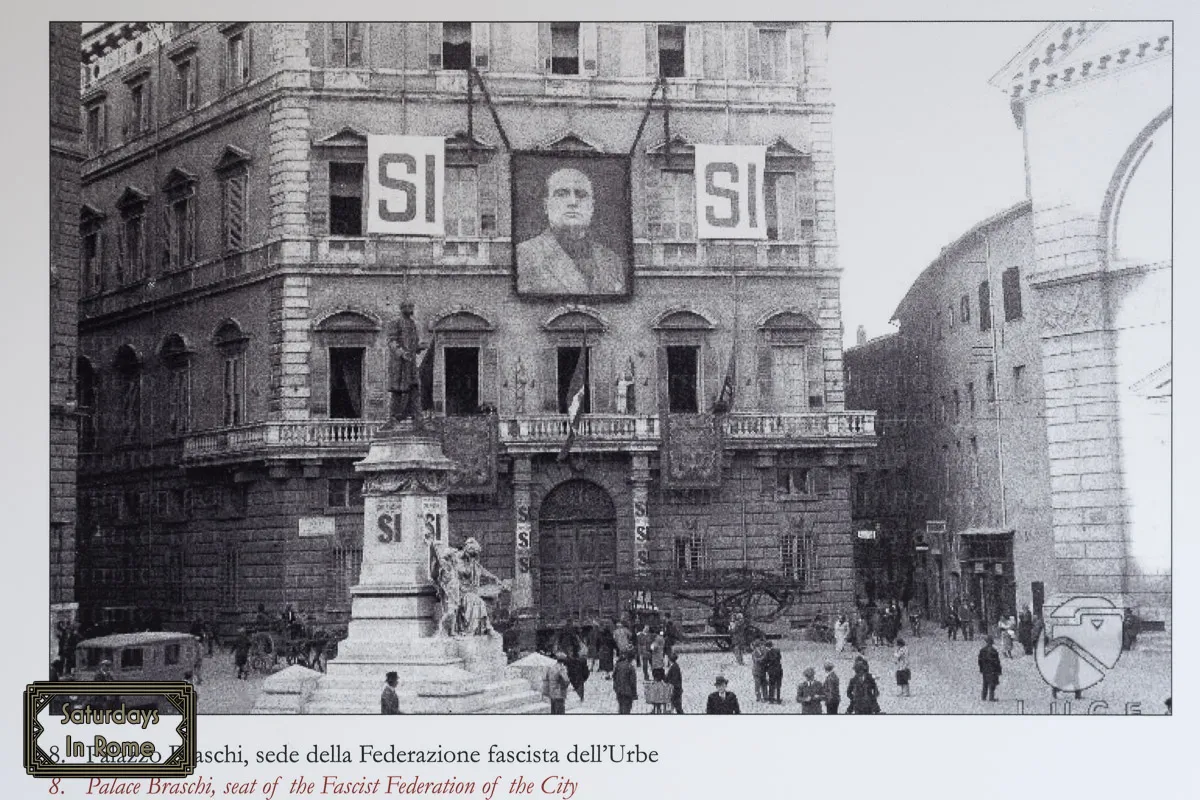
Among the newspapers on display is one called: “Spartaco”, which is a fake Nazi paper aimed at confusing the Rome population. The proof that it was counter-propaganda are:
- The title, Spartacus, refers to a slave gladiator who fought against the Romans. This symbol belongs to the anarchist-republican tradition rather than to the communist one.
- The hammer and sickle are drawn backwards.
- The use of double color (red and black) which resistance fighters used, because the use of color requires money and time, two elements not available to the resisters.
Are There Tours Of The Museum Of The Liberation Of Rome?
There are guided tours organized for groups of up to 20 people by reservation only. These larger groups, as well as school groups, can take advantage of the guided tour service by calling to make an appointment at least 20 days in advance. More than 6 people are required to make reservations for a guided tour.
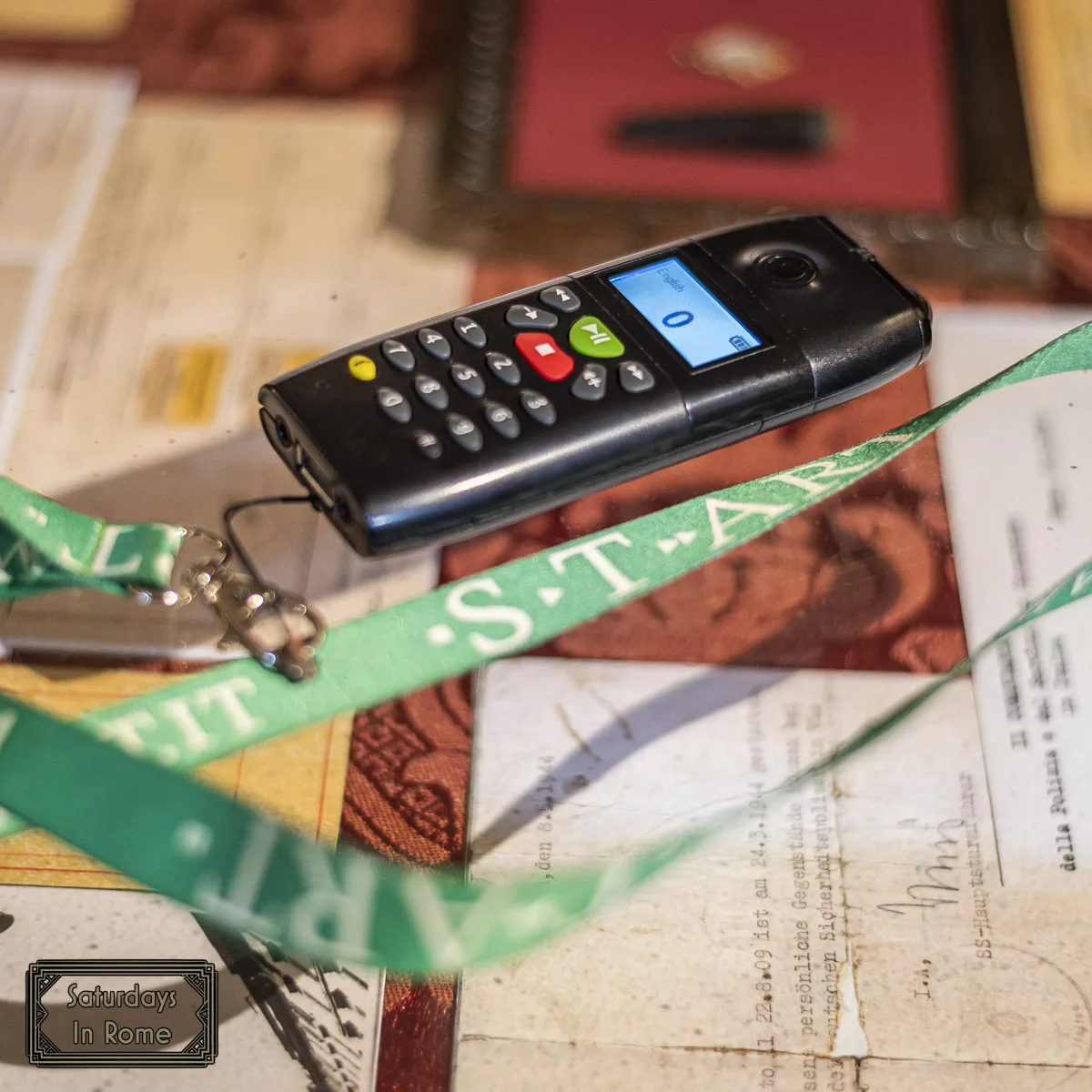
Audio Guide
If you are visiting the Museum by yourself, or with only a couple other people, you can take advantage of the detailed audio guide that is available in English. This service is free, but a voluntary contribution to costs is welcome.
In Which Rome Area Is The Museum?
The Rome museum building is located on via Tasso at number 145, but during the months of the Nazi-fascist occupation of Rome, from September 10, 1943 until June 4, 1944, it was the headquarters of the German Command of the Security Service of the SS. It is a very special museum because it is itself a historical document, since some of the most tragic episodes of the Roman Resistance took place inside it.
To reach the Museum of Liberation, take the Metro A subway and exit at the Manzoni stop. When you exit the station, take via Labicana west to the first corner and turn left on Via Tasso.
If you are walking from Piazza San Giovanni in Laterano, once you reach the San Paolo bookstore on your left, turn left onto Via Tasso.
If you want to take a bus, you have the following options:
#3 (viale Manzoni stop)
#85 (Piazza S. Giovanni in Laterano stop)
#87 (Piazza S. Giovanni in Laterano or via Labicana stop)
#16 (Piazza S. Giovanni in Laterano or via Merulana stop)
#415 (via Merulana stop), 617 (via Merulana stop)
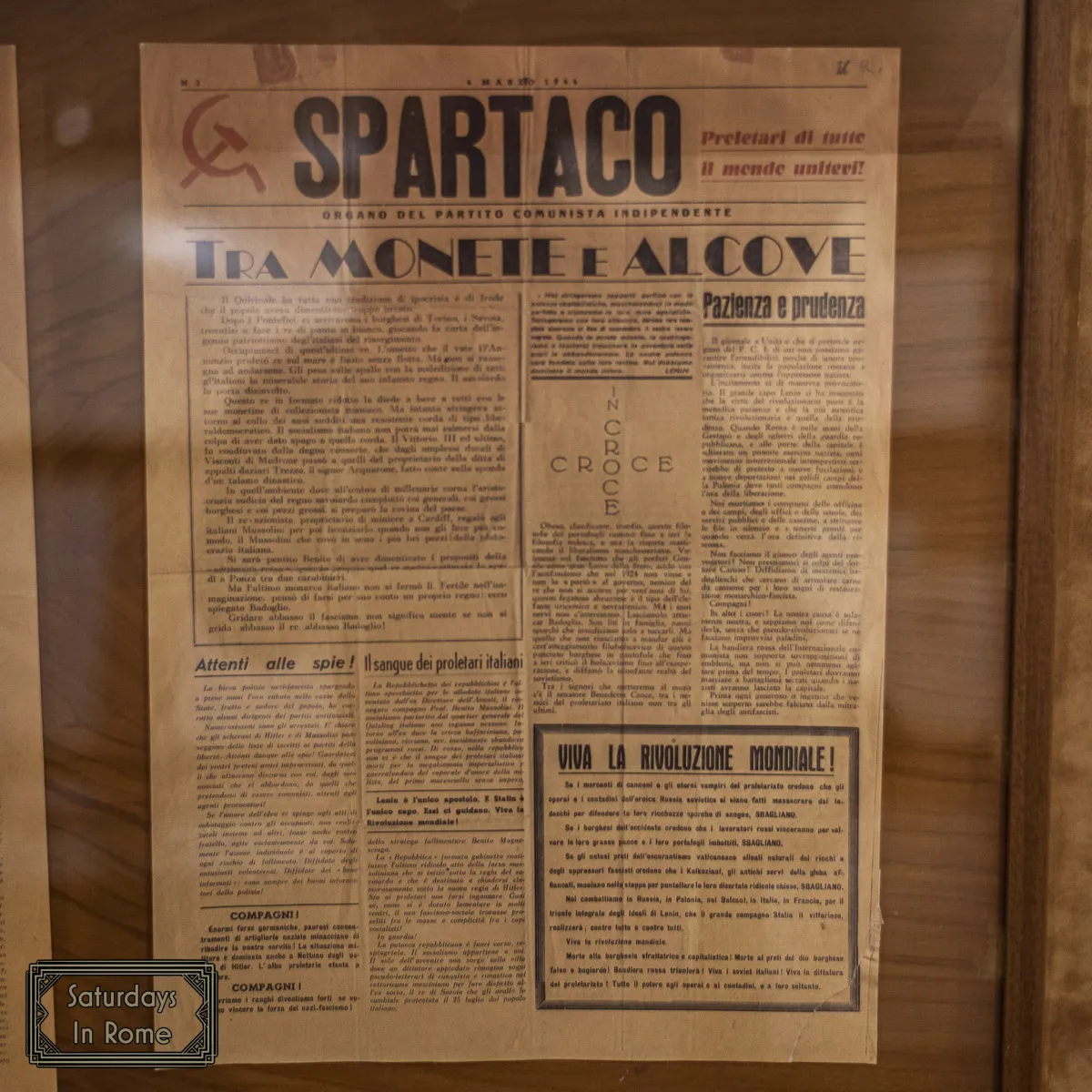
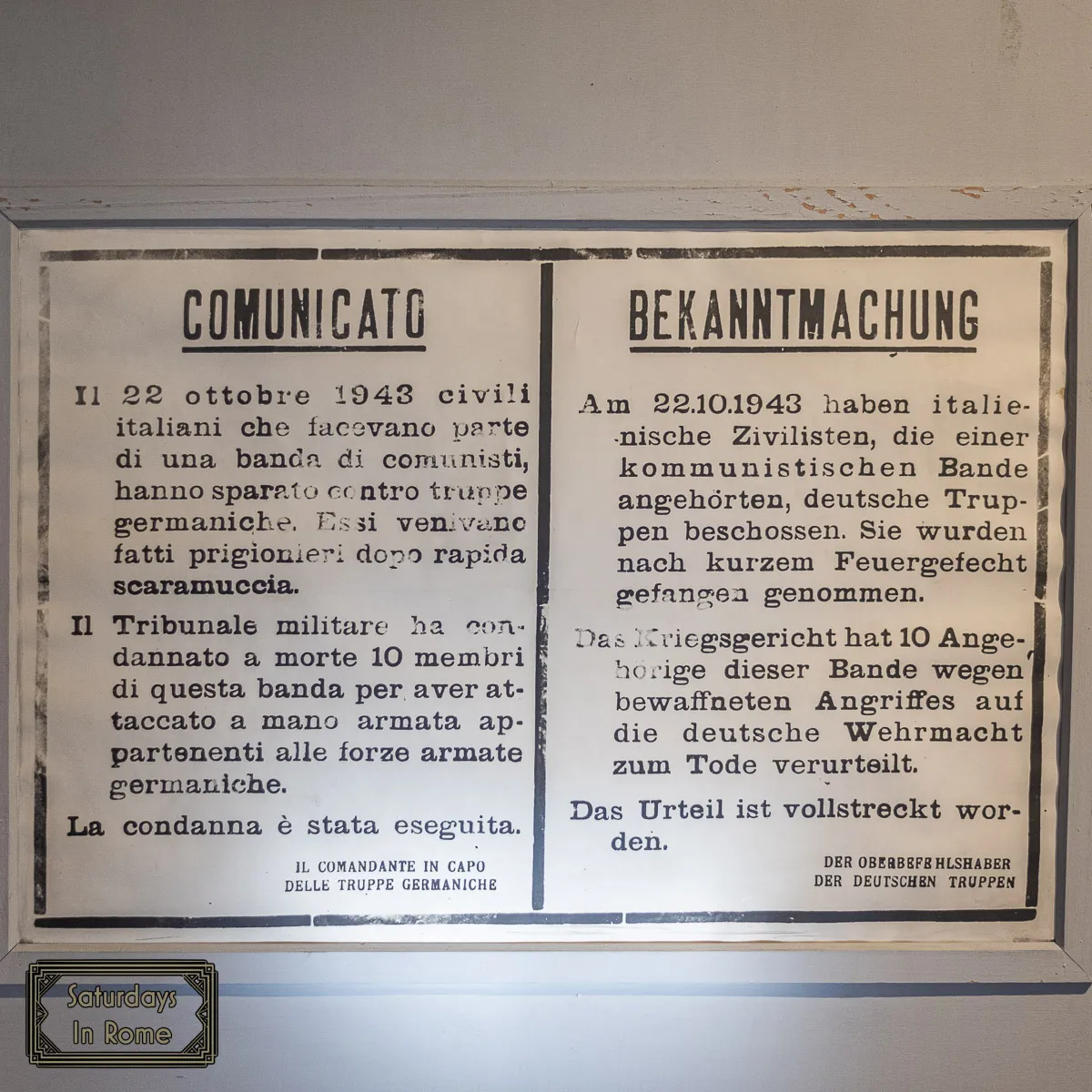
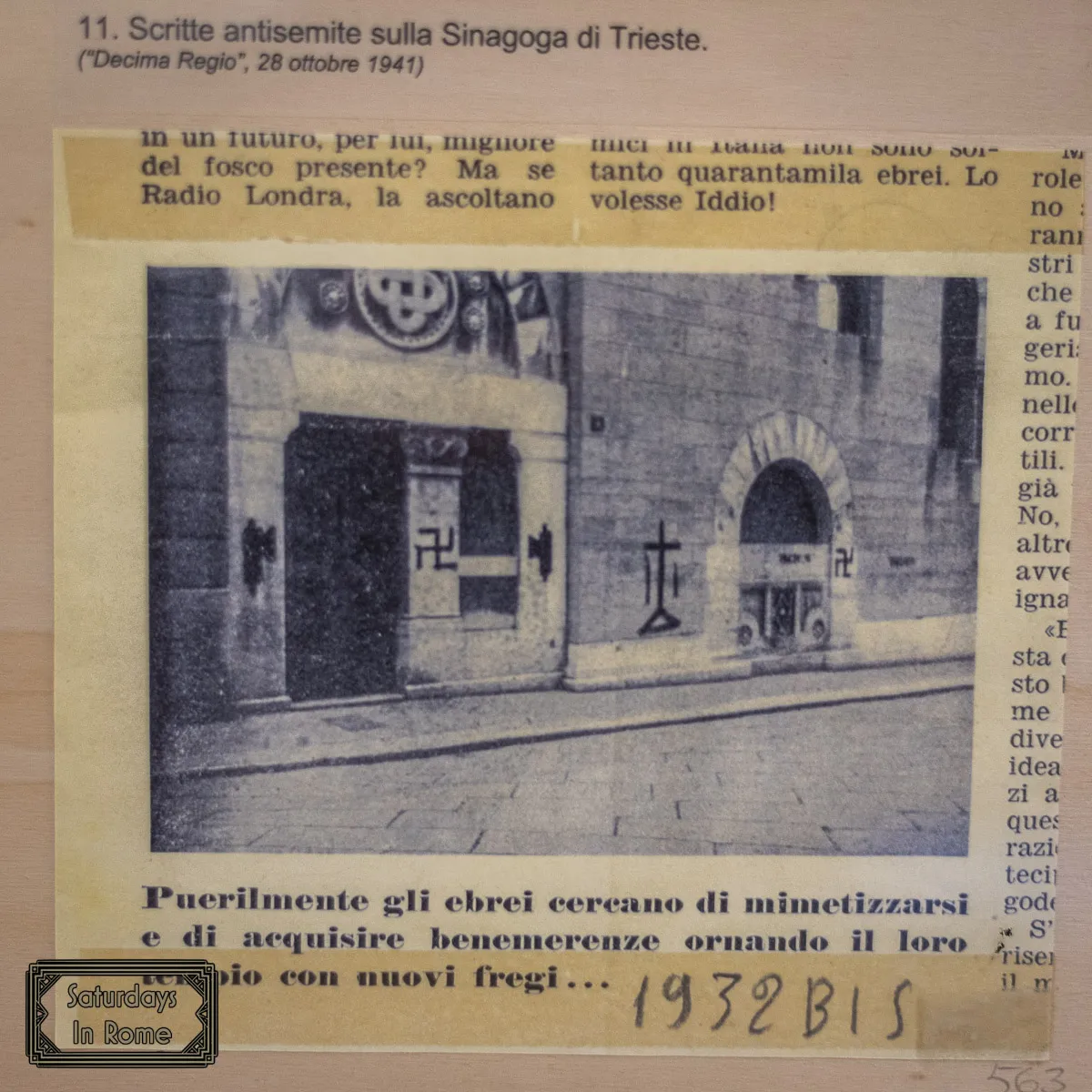
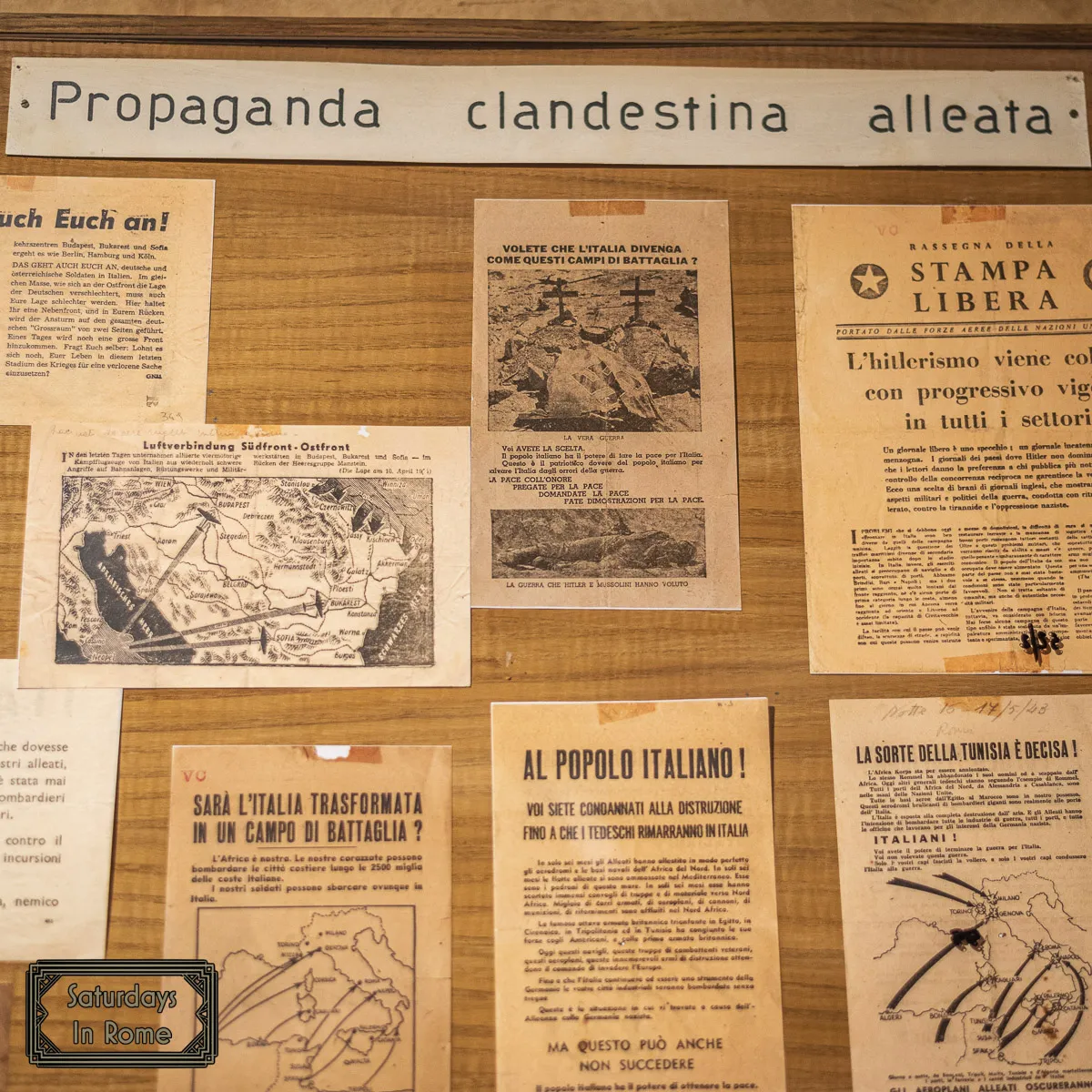
When Is This History Museum Open?
The Museum is open everyday from 9:00 AM until 7:00 PM. This includes Sundays and public holidays. The museum is closed on the following days: Christmas, New Years Day, Easter, The Feast of SS. Peter and Paul on June 29th and 14-15-16 of August for Ferragosto.
How Much Does It Cost?
Admission is free, but a voluntary contribution to the costs of the museum is appreciated. There is a box mounted on the wall at the entrance of the Museum for any donations. For groups over 10 people, the reservation is required, even without a guided tour.
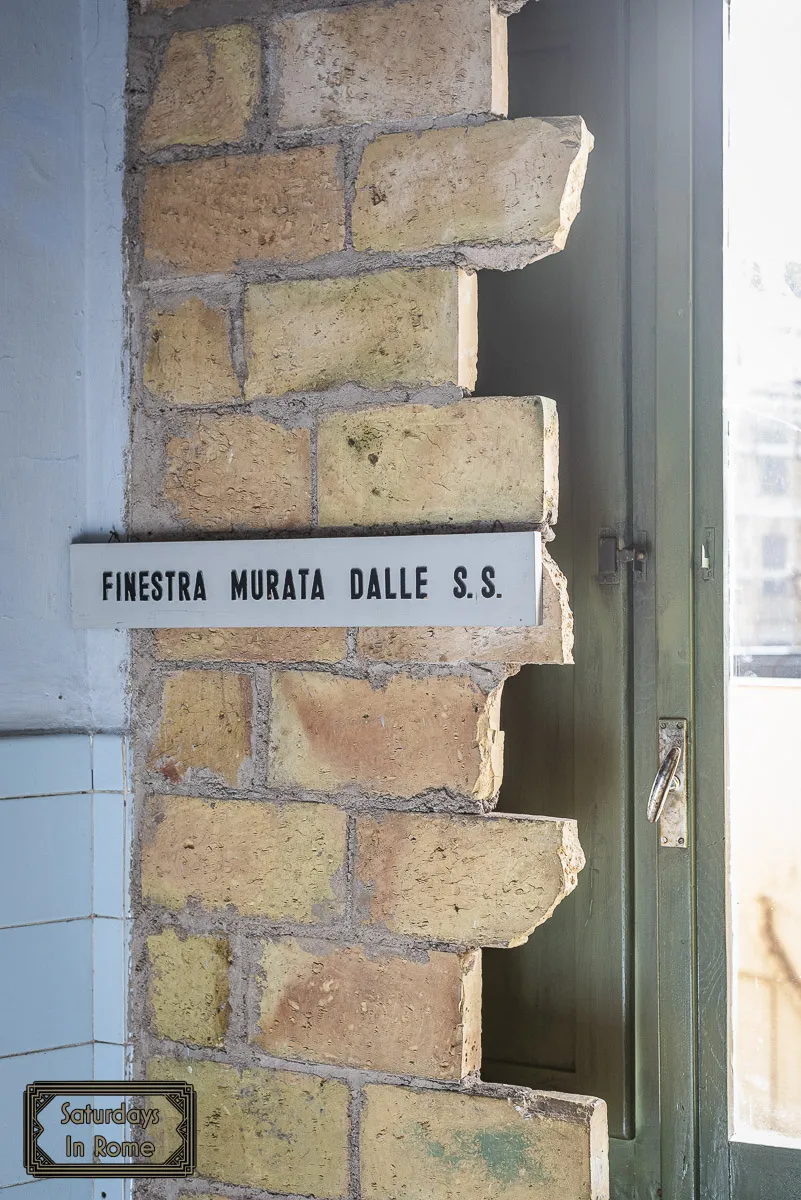
Learn More About Roman History
The Rome Historical Museum of the Liberation is an essential institution that serves as a powerful reminder of the struggle against Fascism and the sacrifice made by those who fought for freedom and democracy. If you want to learn more about Roman history, check out these articles:
- Top Museums And Galleries In Rome You Must Visit.
- The Borghese Gallery And Museum Shouldn’t Be Missed.
- The Capitoline Museum Highlights Are Historically Beautiful.
- The Vatican Museums and Sistine Chapel.
- The Palazzo Altemps Museum Collection Of Sculptures Is Great.
- The Bone Church in Rome, Italy.
- Is The Ara Pacis Augustae Museum In Rome Worth Visiting?
- The Centrale Montemartini Museum Is A Great Art Collection In Rome.
- The Museum Of Zoology In Rome Is Alive With Natural History.
- The Canova Tadolini Cafe Is A Beautiful Place For Espresso.
- The Museo Della Forma Urbis Is Rome’s Newest Site To Visit.
- The Video Game Museum In Rome: The Essential Guide.
